I'm trying to proove that a Delta and Y transformer both have the same power. Somewhere I must get wrong in my process...
I have a reading in voltage and current in a Star transformer: 600 V line-line (347 line-ground) and 5 A going through each resistances.
I obtain my power for 1 phase like this:
P1=U*I/square(3)
U=600V I=5A
So P1 (for one phase) is 1734 W, approximatively 5 kw for all 3 phases.
Now I want to switch this transformer to a delta configuration. I calculate resistance: V/I = R -> 347V/5A = 69.4 ohms
Ok now I switch to the Delta configuration and find the current in one phase: 600V/69.4ohm=8.64A in each resistance (line-line current)
So I need to multiply by square(3) to obtain current line-ground. Let's call this current I
I= 8.646*sqrt(3) = 14.95A
So now the power in one phase is
P2 = I*U/square(3) = 14.95*600/square(3)
So P2 is 3*P1
Which means I have 3 times the power in the Delta configuration vs what I had with star configuration...
I've been banging my head on this for hours, checking with friends, I do not see where I go wrong...
So here I'm lost: Is my calculation incorrect OR am I wrong and Delta configuration power is 3 times the power from Star?
Here is a picture of my calculation, it shows that the Delta has triple power...
